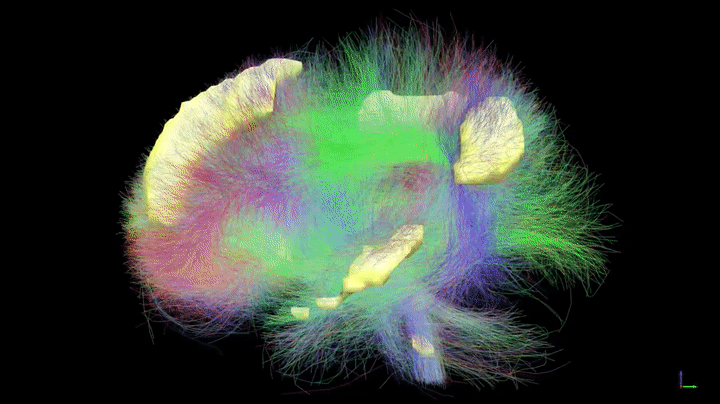
Connectivity of the Brain’s Daydreaming Network May Help Predict Alzheimer’s Disease
Imagine a future where we might detect Alzheimer’s disease years before any symptoms manifest. Recent advancements in brain scanning technology hold promise for this possibility, offering a glimpse into how we might one day manage this complex disease. However, while the science is exciting, it is also in its early stages, and there are important considerations and limitations to keep in mind.
The hole of the brain's "daydreaming"
network
The Default Mode Network (DMN) is a group of brain regions that is active when we are lost in thought, reminiscing about the past, or planning for the future. Researchers have discovered that early disruptions in this network could be linked to Alzheimer’s, making it a target for early detection studies.
Innovative Techniques in Brain
Research
One of the tools used in this research is Dynamic Causal Modeling (DCM), a sophisticated technique that doesn’t just show whether brain regions are linked, but how they influence each other. This study applied a variant of DCM, known as spectral DCM, which examines these relationships across different brain activity frequencies during rest.
Insights and Limitations of the Study
The research analyzed data from only 81 participants selected from the UK Biobank—a decision that might seem curious given the vast number of records available. This stringent selection was due to the need for high-quality MRI data and controlled conditions for analysis. While this ensures precise data handling, it also means the findings might not easily apply to the broader population. The study’s small scale underscores the experimental nature of this research and the need for cautious interpretation.
The Double-Edged Sword of Early Detection
The potential to predict Alzheimer’s years in advance is both promising and daunting. Early detection could one day enable interventions that delay or even prevent the onset of symptoms. However, the implications of knowing one’s future risk of Alzheimer’s are profound, raising ethical, psychological, and social questions. How we prepare individuals and society for these possibilities is as important as the scientific discoveries themselves.
Moving Forward with Caution
While this study represents a notable step forward, the findings are preliminary and must be validated through larger-scale research involving more diverse populations. Moreover, integrating these predictive techniques with other types of medical data could enhance their reliability and usefulness.
In conclusion, the journey toward reliable early detection of Alzheimer’s is ongoing. It’s a path filled with both scientific intrigue and profound responsibility. As research progresses, maintaining a balanced perspective is essential to ensure that these advancements lead to beneficial outcomes without unintended consequences.